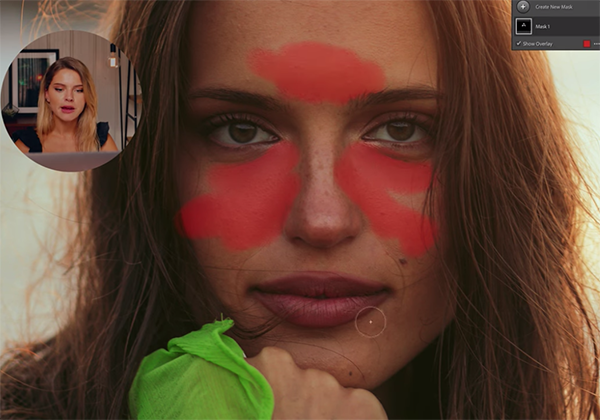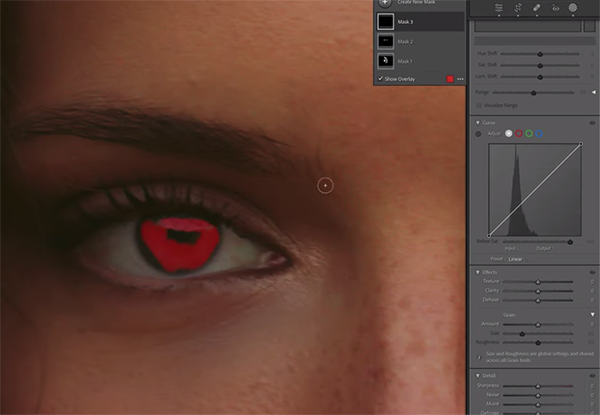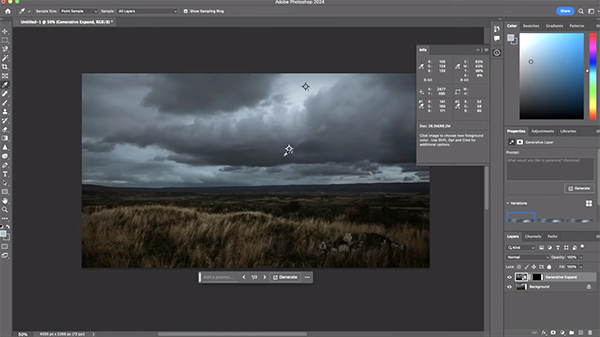12 Incredible Mid-Century Modern Fonts
The mid-century modern font represents the well-loved mid-century modern aesthetic. This vintage typography is enjoyable and encapsulates the post-war globe, using substantial, overreaching lines for strong assertions. In the fifties, society aimed to move on from the war’s afflictions and adopt a more frivolous, relaxed lifestyle. This prevailing sentiment is strikingly visible in the art deco fonts of the mid-century.
Mid-century modern interior design is all about geometric shapes, minimalism, and clean lines, and these design elements are clearly visible when it comes to mid-century fonts.
In this article, we have collected twelve of our favorite mid-century modern fonts, so read on to learn more about these typefaces that rose to popularity in the 50s and 60s.
Mid-Century Modern Font Styles
When it comes to mid-century fonts, the graphic designs were different, primarily twists of the geometric sans serif font.
This bold font was popular in advertising, television shows, and posters. These high-contrast serifs were great to capture your attention, but still sleek enough to read from a distance.
There are plenty of mid-century modern fonts that we do not include in our list of top fonts that still deserve mention, like Franklin Gothic, Century Expanded, Palm Canyon Drive, and Franklin Gothic.
Now let’s dive into our list of remarkable, incredible mid-century modern fonts.
12 Examples Of Incredible Mid-Century Modern Fonts
1) San Marino
San Marino is a bold, all-caps font available in four styles: italic, regular, bold, and outlined.
This geometric sans serif font is popular for use in advertising as well as for fashion items and posters. The striking shape of this font oozes elegance, style, and modernity.
2) Undeka Regular
Undeka Regular is a modern, contemporary sans serif font that is a perfect example of mid-century modern designs. It is a strong font with geometric shapes. It was inspired by typefaces from the early 20th century and followed the theme of other mid-century current fonts in that it is unpresuming and easy to read.
3) Cartograph
Cartograph is a monospaced font with a friendly appearance. The characters in this font resemble those of a typewriter, with easy curves and quirky elegance. It is, however, less rigid than a typewriter font and is available in various weights and styles, including italics.
4) Schmalfette
Schmalfette is another all-caps font that has been inspired by the sans serif fonts of the 1950s. It is a modern twist of the Schmalfette Grotesk, which was famously used for advertising in the 50s and 60s.
The Schmalfette Grotesk font was famously used in the German Twen magazine, and designers in the US struggled so much to get this typeface that they would cut the letters from the magazine to use in their own designs.
5) Let’s Jazz
The Let’s Jazz font is about as fun as the name sounds. It has been inspired by hand lettering of the mid-century era.
The characters in this font are fun, dancing across a page. This font supports various different languages through the 450 glyphs.
The lettering takes inspiration from Saul Bass graphics and is available in two styles: stamp and regular.
6) Roger
The Roger font embraces mid-century modern design by being both minimalistic and elegant. It reimagines the very first san serif fonts, with a square appearance due to each character being of a similar height and width. This square shape gives it both a vintage and modern appearance at the same time.
This font is available in three styles: bold, italic, and regular.
7) Classy Marisa
Classy Marisa may seem vintage at first glance, but when you look closer, you will see that this is actually a modern, minimalist font that takes inspiration from an older time period.
This font is truly a classic, with a beautiful balance between thick and thin strokes. This mimics the san serif fonts from the early 1930s.
This font is popularly used on wedding invites, clothing, branding, and logos because of its elegance and unique personality.
8) Herald Regular
A lot of the television shows from the 1950s and 1960s used fun sans serif fonts, and the Herald font closely resembles the originals from then.
This font is unique. It has a feeling of bold, capitalized handwriting, despite its straight lines and clear edges.
This font is perfect to capture the attention of readers, making it great for magazine headers or invitations.
9) Hellenic Wide
Hellenic Wide was founded in the late nineteenth century, and since then, it has been used on billboards and different marketing materials. The wide lettering and characters used in this font are full of personality, making it a much-loved mid-century modern font.
The strong horizontal lettering quickly grabs readers’ attention and resembles a font you would see on “wanted” posters in the midwest.
10) Retylle Solyta Monoline
Retylle Solyta Monoline is a Palm Canyon Drive-inspired mid-century font with sweeping strokes and beautiful curves.
It is uncomplicated and without any embellishments, making it great for any type of material. It is especially popular on social media and for use in logos, as it has a certain personality that many other mid-century modern fonts lack.
11) Carosello
Carosello was inspired by vintage ads and was actually created with real handwriting using a Sharpie, which explains the imperfections in the font.
Script fonts were very popular in the middle of the century, and this font continues to be used today for marketing materials, logos, and vintage-inspired artwork.
12) Belymon Script
Belymon Script is a script font that resembles someone taking a brush to ink and painting characters. Despite the vintage feel, this font is easy to read and closely mimics ink designs from the 50s and 60s.
It truly is a one-of-a-kind script font, with a classic feel and rounded curves, exuding personality and fun.
Final Thoughts
Mid-century design styles have continued to be loved by people across the world. This design arose after the war, with people looking for fun, clean design styles and geometric forms.
This style experienced a resurgence in the past few years – both in the field of graphic design as well as interior design.
It is no surprise that mid-century modern fonts have also been used more frequently in designs, logos, branding, and artwork.
There are so many fonts that have been inspired by those that were designed and popularly used during the 1950s, and there is no way we could’ve included them all on our list. The twelve fonts listed above are some of the incredible fonts that have arisen from or been inspired by the mid-century post-war era.
These fonts are created to be fun, to celebrate life and all the good in it, and to be full of personality while still being very easy to read.













